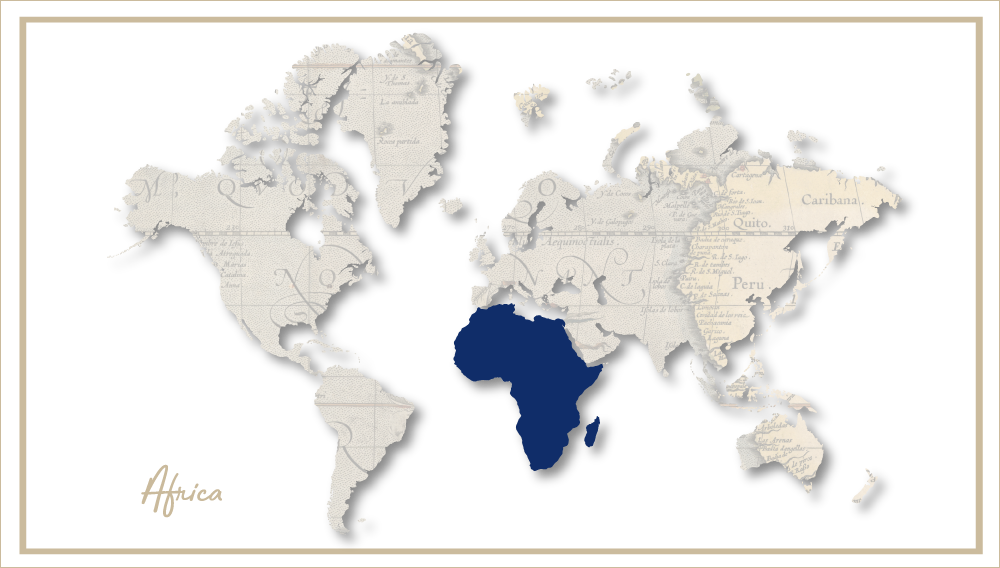Brandhouse’s threesome problems
Why is Namibia Breweries Limited (NBL) buying a 15.5 percent stake in the Sedibeng brewery in South Africa, which is currently owned by Heineken (75 percent) and Diageo (25 percent)? The decision was made public by NBL’s majority shareholder Ohlthaver and List Group of Companies (O&L) in May 2012, without giving details of the purchasing price.
Ever since the EUR 340 million Sedibeng brewery was opened in 2010, it has produced branded products under licence from all three shareholders of Brandhouse (Heineken, Diageo and NBL), namely Diageo’s RTDs, Heineken’s Amstel and Heineken, as well as NBL’s Windhoek Lager.
Observers have always questioned the efficacy of the Brandhouse structure, which attempts to implement marketing and distribution strategies for three different drinks companies.
So is NBL taking a direct stake in the Sedibeng brewery a means to secure that its brands will receive the right kind of attention from Brandhouse? NBL is selling a lot of Windhoek Draught in 440 ml cans and market observers believe it needs capacity in South Africa.
NBL, the market leader in Namibia, is generally pushing into the South African market as a counter move to SABMiller increasing sales in Namibia. SABMiller’s brands are imported by the truckload into Namibia and the brewer claims 20 percent of local market share, despite its brands suffering from price disadvantages due to import duties and transport costs. NBL is the dominant player in Namibia with a market share of about 70 percent. The Namibian beer market is 1.2 million hl with a per capita consumption in the order of 40 litres per annum.
Ever since 2009, there has been a lot of “noise” regarding plans by SABMiller to set up a 200,000 hl brewery at Okahandja but it seems to have subsided as construction has been put off again and again with SABMiller and local authorities passing the buck around. From what we hear, ground has not even been broken yet. Perhaps SABMiller - secretly - sees no reason to build a brewery in neighbouring Namibia while it still has spare capacity in South Africa?
It is also interesting to note that in South Africa, where SABMiller has a market share of slightly under 90 percent, the brewer is counteracting the "Namibian threat" with 440 ml cans of Castle Draught and has a number of plans to increase can sales (in different sizes and shapes).
The "beer wars" in South Africa are interesting to watch, not least since SABMiller has been rather successful in warding off the threat posed by Brandhouse. In February this year SABMiller claimed victory in the battle for the local premium beer segment, saying it had regained the market it lost when one of its biggest brands, Amstel, was taken by its competitor Brandhouse.
Norman Adami, who is Managing Director of SABMiller’s local unit SAB, told investors in London in February that Brandhouse’s strategy of making Amstel a mainstream brand had backfired and "undermined its historical premium credentials". This was in contrast to SAB’s Castle Lite, which was half the size of Amstel in 2007 and had become a healthy competitor, he said.
The Heineken-Diageo-NBL joint venture that took back Amstel from SAB in 2007 has been fighting to gain the estimated 9 percent market share for Amstel that SAB had built.
"The most significant impact on our business was the loss of the Amstel brand," Mr Adami said. For decades, SAB had brewed the Amstel brand under licence until Heineken terminated the contract. Amstel contributed 9 percent of SAB’s beer volumes and about 20 percent of EBITDA. It was, in fact, the dominant brand in the premium segment.
In the two years since setting up brewing facilities in South Africa in March 2010, Brandhouse has seen a sharp drop in Amstel’s market share to 4.5 percent, it was reported.
Brandhouse’s stated goal in 2010 was a 20 percent total market share, which observers thought was possible. This threat energised SAB to make real changes to its strategy, Mr Adami said. SAB cut costs and used the freed capital to beef up its marketing strategy and capacity.
Although Amstel’s and Brandhouse’s market share experienced a good start, growth began to slow down in 2011. To remedy this, Brandhouse resorted to massive discounting, which does not seem to have benefitted Amstel much.
"The coming months will tell if that brand [Amstel] can recover," Mr Adami said. There was a small resurgence in volumes after heavy discounting in December 2011.
"We have been disciplined on pricing of our premium brands. Pricing is the ultimate reflection of a brand’s strength. Castle Lite and Castle Milk Stout are testament to this." He said the company had increased the prices of these brands while growing volumes.
Mr Adami forecasted that, despite some “wobbles”, the South African economy will remain strong, which should benefit beer consumption.
SAB’s management is bullish about near-term prospects that it predicted beer volumes in South Africa would grow between 1 percent and 4 percent in the mid-term. SABMiller’s South African unit contributes 20 percent to the group’s total EBITA.


